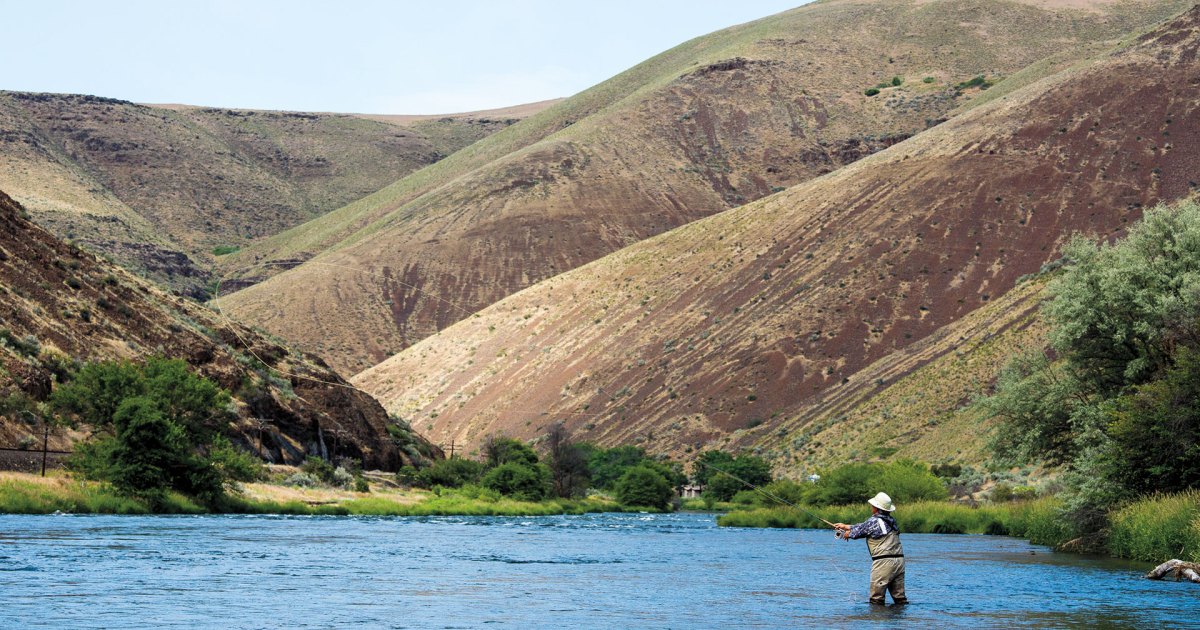No products in the cart.
Fitness Tips
Water Protection Measures Emerge as Droughts Hammer the West
A slew of water protection measures emerging to combat droughts suggests a shifting current.
We’re poised for real transformation, from investments in better, more equitable water infrastructure to the biggest river protection and restoration proposals in history,” says Tom Kiernan, the president of American Rivers, an advocacy group based in Washington, D.C. “This could be the year for historic wins.”
One notable effort is U.S. Rep. Mike Simpson’s plan to breach four dams on the lower Snake River in Washington state. Simpson’s proposal is a serious stab at resolving the Northwest’s “salmon wars,” as the Republican representative from Idaho calls them. When the four dams in question were built in the 1960s and ’70s they flooded 14,400 acres and decimated salmon and steelhead populations that migrate from the ocean to spawning habitats in the wilds of Idaho.
Simpson hopes to bundle his $33.5 billion proposal into President Joe Biden’s infrastructure bill. Admittedly, the plan faces an uphill battle with key senators in Washington state publicly rejecting the dam-breaching proposal.
But Simpson’s bill doesn’t stand alone. In Oregon, the proposed River Democracy Act would protect 4,600 miles of rivers under the Wild and Scenic River designation. Similar bills in Washington state and Montana would protect 464 and 336 river miles, respectively. And President Biden has pledged to conserve 30 percent of the nation’s lands and waters by 2030.

Dam it to hell! Salmon were once abundant in Hells Canyon on the Snake River. Getty Images
What’s behind all this concern? As the West enters its 21st year of drought, the value of water is becoming painfully clear. So is its looming scarcity. Reservoirs that millions depend on—Lake Mead for instance—are creeping closer and closer to acute shortages. By May this year, most of California had entered a “drought emergency.”
“Water quantity and flow is just increasingly becoming super important,” says Jerry White, the Spokane Riverkeeper in Washington state.
While it’s hard to say whether 2021 is a unique year in the river advocacy world, it’s obvious “threats to rivers are greater than ever,” says John DeVoe, executive director of Oregon-based WaterWatch. While that’s dire news, DeVoe points to a note of hope. More “indigenous people are executing their rights in ways that they didn’t previously.”
Exactly right, says Shannon Wheeler, chairman of the Nez Perce Tribe, one of two tribes with treaty rights to the fish in the Snake River. In past decades the Nez Perce have poured millions of dollars into salmon recovery by growing hatchery fish and improving habitat. The tribe supports Simpson’s ambitious proposal.
“We can change,” says Wheeler. “But can the salmon change?”
For access to exclusive gear videos, celebrity interviews, and more, subscribe on YouTube!
Source link

